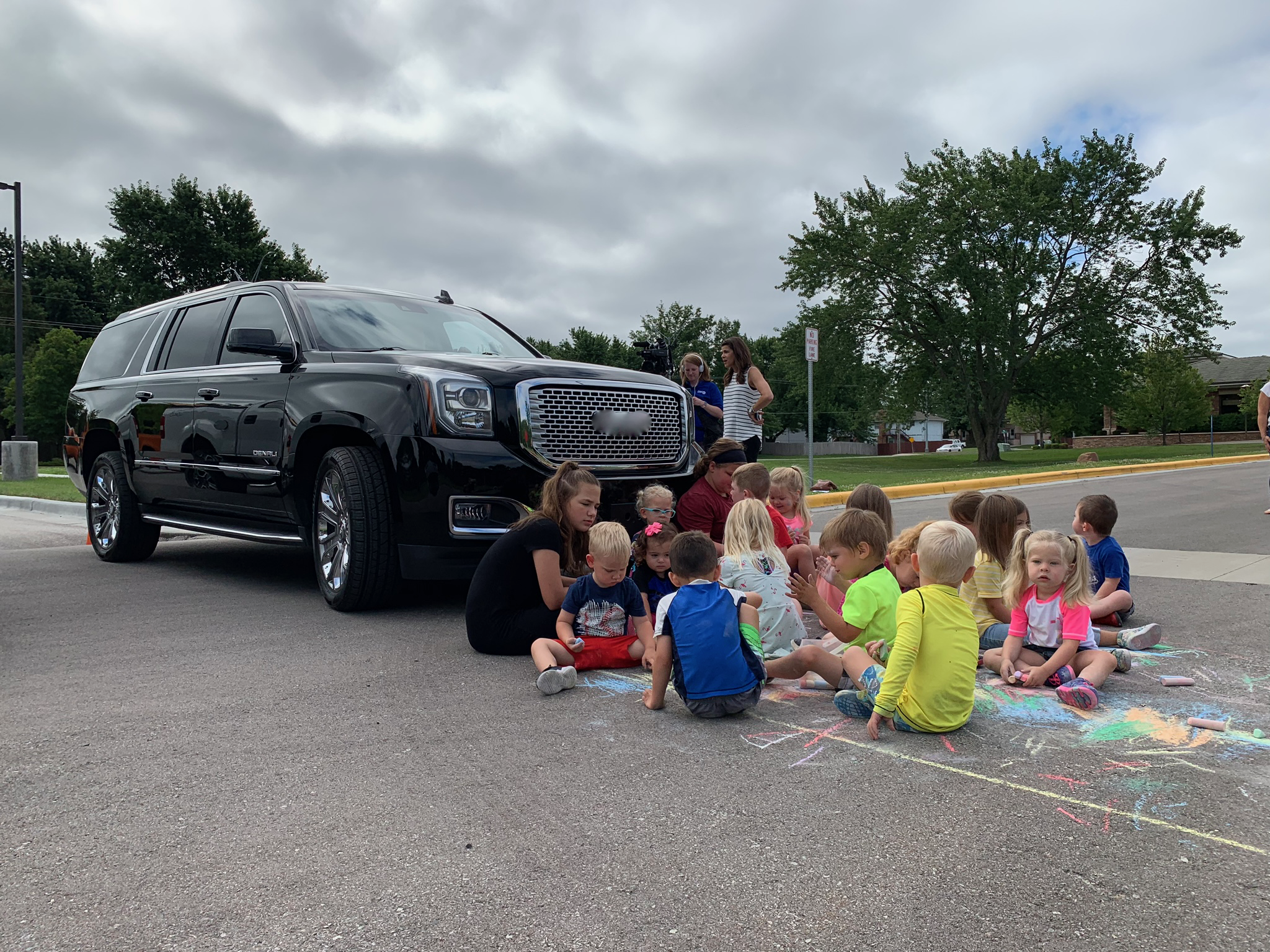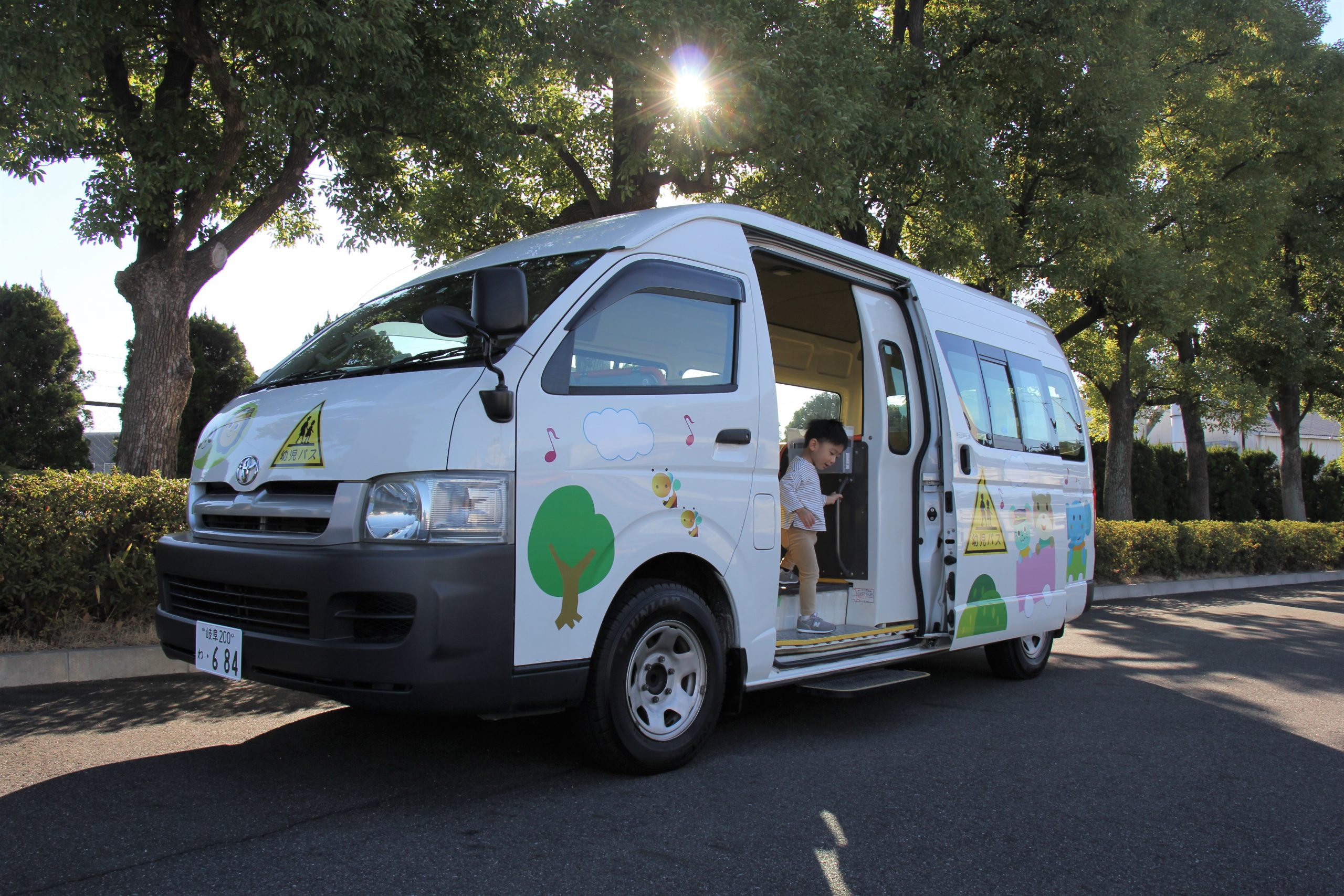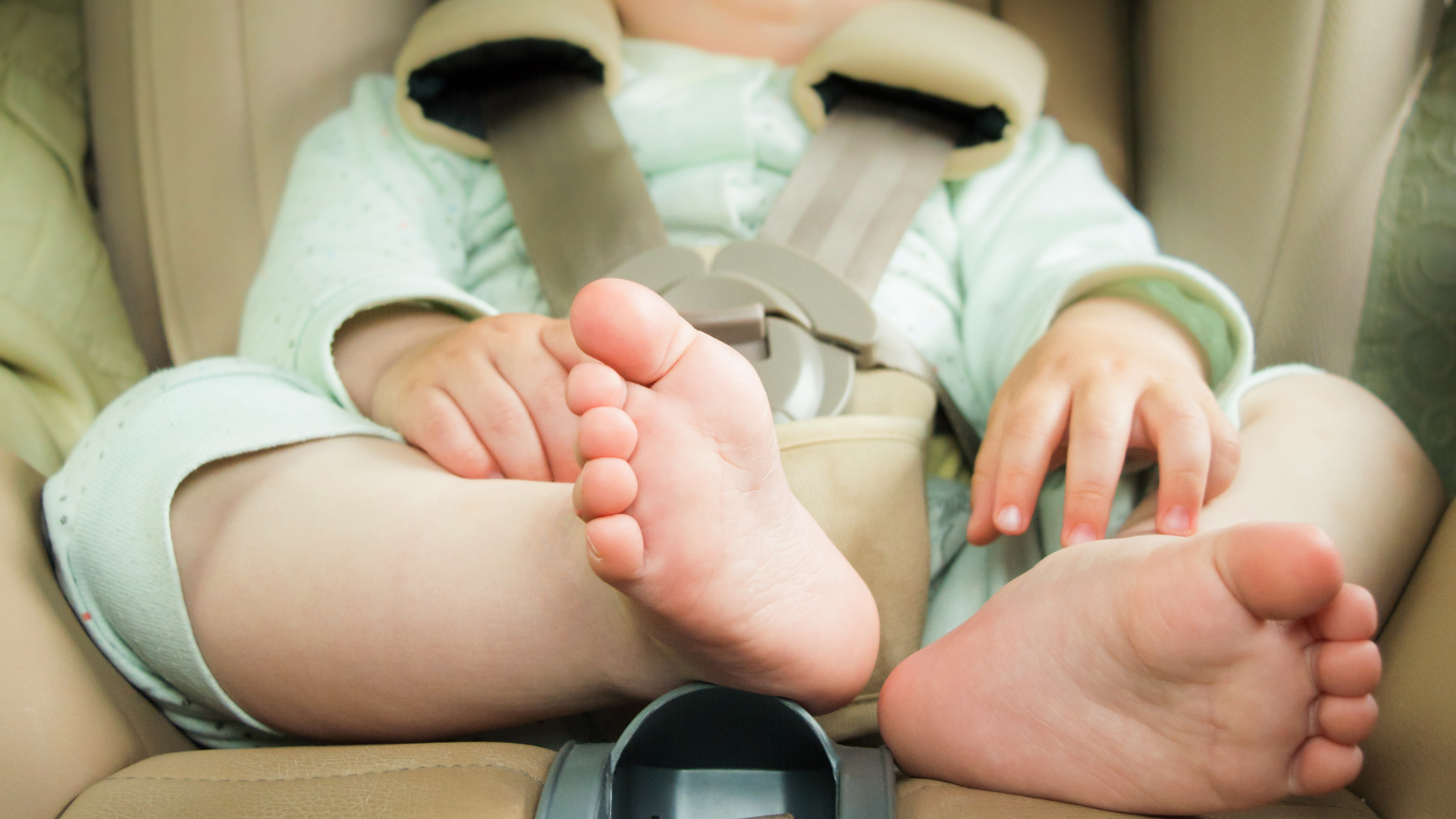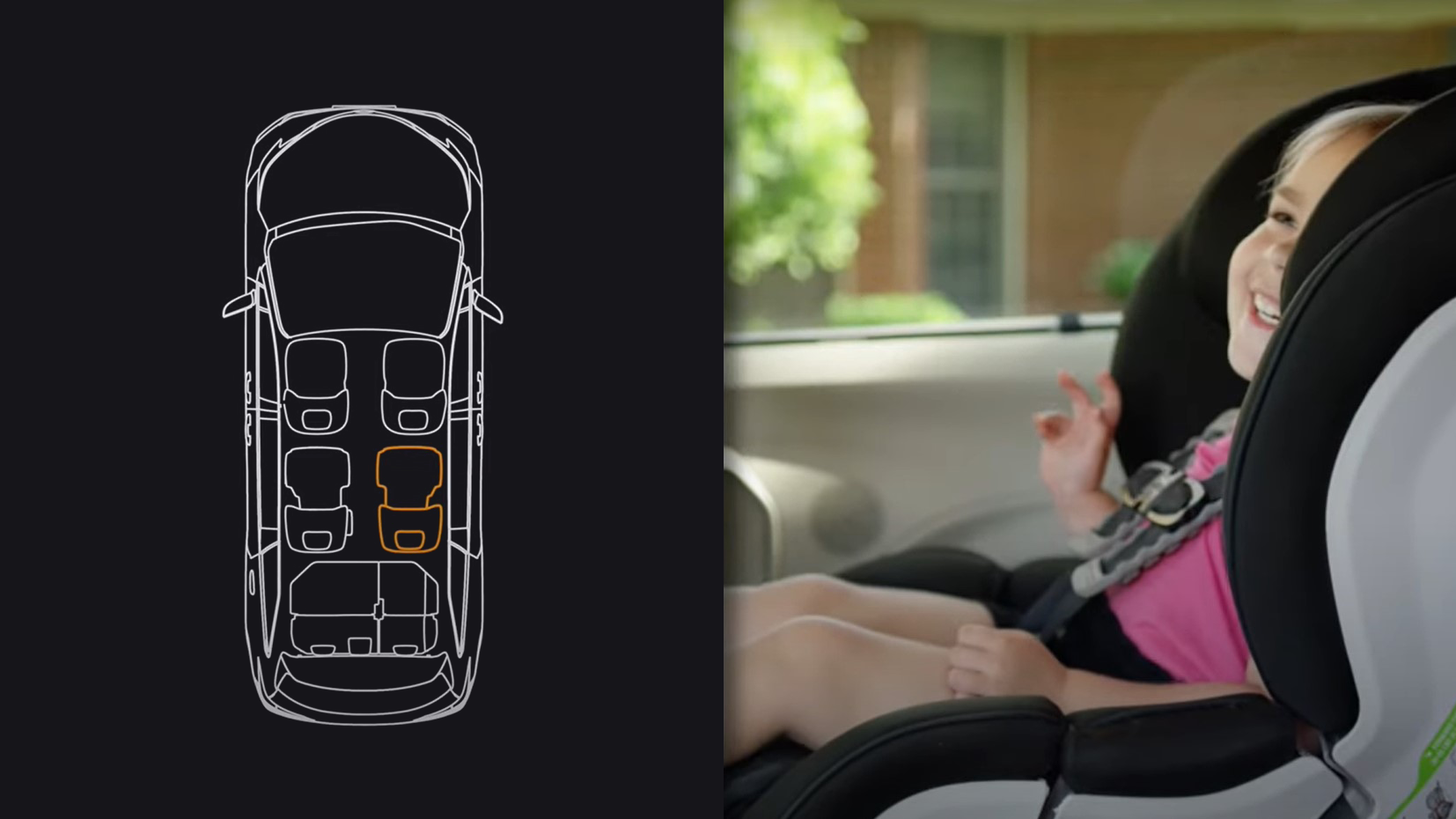Main Menu
Posted by Vayyar
June 23, 2020Death in a Hot Car: 34 Degrees to Disaster

Among the saddest and most commonly occurring events to make the news the past few summers are “hot car” incidents: the death in a hot car of children who have been left unattended while temperatures have risen quickly. The last two summers set new records for hot car incidents: each one surpassed 50 child deaths in the US.
Who can forget one of the most tragic stories of the summer, in which one-year-old twins in New York were found unconscious, after being left in a car for eight hours? Or the story of the baby forgotten in the daycare van after everyone else went inside? These are terrible events to imagine, but they can happen to any parent. In Australia alone, 5000 kids get rescued from cars annually.
Some ‘Hot Car Incident’ Facts
So what exactly happens in the moments that lead up to death in hot car, and how can we prevent it from occurring? In most of these situations, children are forgotten in locked vehicles by parents or caregivers. Sometimes, tragedy strikes because the child was left in the car for “just a few minutes.” Other times, children enter unlocked cars (to play, for example), and accidentally lock themselves in.
A parked vehicle with the engine off and no open windows can quickly reach dangerous temperatures, with an increase of over 34°F in half an hour. Even on a “cold” day (below 70°F), a car’s temperature can surpass 100°F within minutes. On a hot day, a small child can sustain serious injury and brain damage within 10 minutes, and can die within 20. In the case of the twins in New York, their body temperature rose to 108°F.
5 Tips Parents Can Follow to Prevent Hot Car Incidents
Unfortunately, the number of hot car incidents is actually on the rise from year to year. The next question, of course, is: what preventive measures can be taken to avoid death in a hot car?
- Establish a routine or a set daily route to decrease the chances of a child being left in the car.
- Never leave a child in a car at all, no matter the weather, or even if it’s “just for a few minutes”.
- Put your left shoe or cellphone in the back seat so that you need to retrieve it before you leave the vehicle.
- Always lock a parked car so children cannot accidentally enter it.
- Remind children that it is never safe to play in or around cars.
National and Regulatory Steps to Prevent Hot Car Deaths
On a national level, the following measures have been taken:
- Many states have enacted “Good Samaritan” laws which allow people to help a child who has been left alone in a car if there is a belief that the child is in danger.
- Half of the states in the US have established laws criminalizing the act of leaving a child in the car, no matter how short of a time they were left for.
- In 2017, Congress established the HR. 2801 HOT CARS Act, which is awaiting Senate approval. It stipulates that all new cars must have an alert system to notify parents/caregivers of children who are left behind in a vehicle.
Vayyar’s Commitment to Zero Hot Car Deaths
Vayyar is pioneering Child Presence Detection (CPD) technology, in hopes of putting an end to these disasters once and for all. Using a single radar sensor embedded in the car’s interior, the system can detect when a person has entered a vehicle, how many people are in the vehicle, and whether the occupants are adults, children, infants or even pets. Vayyar’s solution can monitor two seating rows–as well as foot wells–for maximal cabin coverage. The sensor can even detect a sleeping baby, in a car seat, under a blanket.

This CPD system uses mmWave radar technology to monitor a child’s vital signs and alert the vehicle owner in the event that a child has been left inside. It will eliminate the need to set reminders or use tricks to remember to check the back seat, effectively removing any chance for human error. Unlike other sensors that rely on cameras and optics, the Vayyar sensor does not collect any optic data, protecting user privacy at all times. With technological developments like this, a future without hot car deaths is on the foreseeable horizon.
Interested in learning more? Contact us.
The Post URL was successfully copied to your clipboard
Read more on #automotive

Putting a Stop to Frontover Deaths
Read more
Aisin and Vayyar Join Forces to Prevent Vehicular Heatstroke Tragedies in Japanese Kindergarten Buses
Read more
The New Occupant Protection Technology Making Vehicle Cabins Safer
Read more



